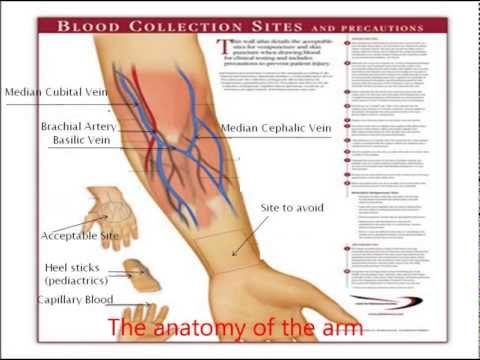What Are The 3 Main Veins To Draw Blood
Olivia Luz

Then put a warm pack or warm water bottle over the area since heat makes veins dilate and expand.
Median cubital vein a superficial vein most commonly used for venipuncture it lies over the cubital fossa and serves as an anastomosis between the cephalic and basilic veins. The first step in drawing blood correctly is to identify the appropriate veins to puncture. If you re trying to draw blood from a hard to hit vein first tie a tourniquet about 4 inches above where you want to insert the needle. For adult patients the most common and first choice is the median cubital vein in the antecubital fossa.
Cephalic vein upper shoulder or side of the arm. Basilic vein under the arm. These are the superficial veins found on the top of the hand. The superior vena cava is the large vein that brings blood from the head and arms to the heart and the inferior vena cava brings blood from the abdomen and legs into the heart.
However these veins will easily roll if not stabilized. Next palpate the arm rather than slap at it since slapping can give your patient a hematoma. In addition watch for this vein rolling and being deep on patients who have a lot of subcutaneous fat. You should draw blood in the following locations.
RELATED ARTICLE :
- what can you not eat on the keto diet
- what can i use to make my eyelashes grow
- what can i use to clean my car seats
Commonly referred to as the antecubital or the ac it can be found in the crevice of the elbow between the median cephalic and the median basilic vein. These three veins are found in the antecubital area. For adult patients the most common and first choice is the median cubital vein in the antecubital fossa. What are the 3 main veins to draw blood.
They are the cephalic median cubital and basilic veins. Cephalic vein shown in both forearm and arm it can be followed proximally where it empties into the axillary vein.
Source : pinterest.com



















